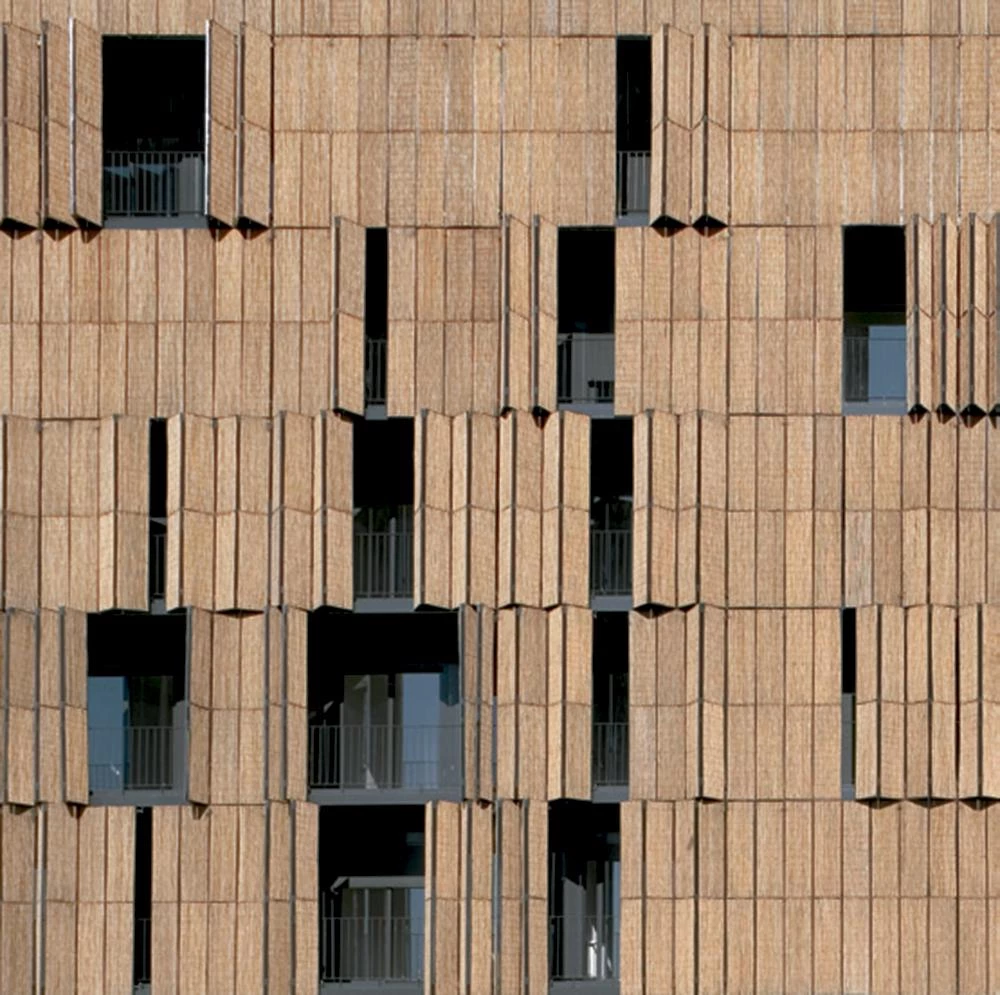
Normality demands nature or norm. In a normal life there is room for both spontaneity and discipline, and housing can be normal without becoming only normative. As a stage of the regularity of biological cycles and of the repetition of usual behavior, the house is forcedly predictable, and its architectural shape has to adjust to that rhythmical condition. The habit of living and the custom of inhabiting create sequences of spaces and times that are hardly compatible with the tiring pursuit of surprise: the stubborn commitment to endless innovation ends up entering in conflict with the resilience of forms and the tenaciousness of habits, because normal life is ruled by nature and convention. Metabolic flows and social rituals conspire to standardize the realms of life, and the best dwellings are in the end those that prefer silence to noise.
In the territory of contemporary urbanity, the dual demands of spectacle and scandal associated to the physical and symbolic visibility of landmark works have ended up flooding the unanimous landscape of dwellings, and the totemic or iconic use of housing projects is ever more frequent. This denaturalization of the anonymous substance of dwelling distorts the residential fabric, that goes from backdrop of the key institutions where the community recognizes itself, to salient figure that claims protagonism at the center of the social scene, monumentalizing the particular and giving public character to what essentially belongs to the private realm. The housing generated by these processes is indeed abnormal, sometimes subnormal, and often paranormal, but very rarely adapted to the laconicism proper to a theater for the hard business of living.
No matter how much it may contradict our desires or expectations, this switching of roles between the public and the private – that the libertarians of 1968 demanded passionately, placing authentic revolution in the public exposure of the intimate and the private taming of the political – has been fully achieved in today’s society of spectacle, where the personal is openly exhibited in the media and where the sphere of collective debate has ended up gravitating around the self-absorbed planet of daily life. Perhaps for this reason, demanding for housing the normality of nature or norm is as unreasonable as regretting the destruction of intimacy or the privatization of the public realm. Deafened by the din of the world, we barely pay attention to the rumour of life, and the crash of the exceptional suffocates the quiet music of the normal, fading in shadow voices and echoes.





